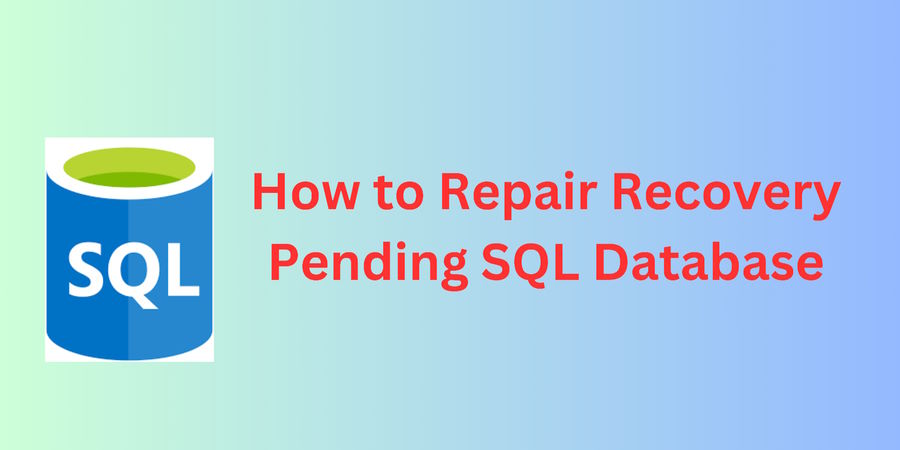Organizational relational databases frequently contain various types of data, such as XML, that must be integrated for analysis, reporting, or decision-making purposes.
XML data is widely used to store, query, and transform hierarchical data structures, so SQL Server is commonly chosen, including its wide-ranging set of tools and features to manage it. Yet importing and optimizing XML data within SQL Server can be intricate, particularly in cases where large, complex, or industry-standard XML schemas are involved.
In this article, we will discuss ways to streamline the process of importing XML Data into SQL Server Databases, thereby maximizing database performance and ensuring data integrity.
XML Parsing Process Decoded
XML data parsing process on SQL Server involves several basic steps that must be understood before diving into optimization techniques:
- Storing and Loading XML Data: On SQL Server, there is an XML data type column for storing XML data, which preserves its hierarchical structure.
- Interrogating XML Data: SQL Server provides robust querying capabilities through XQuery, which can transform the data into relational formats without explicitly shredding it.
- Shredding the Data in XML Format: Sometimes, you might need to convert your XML data to a relational format (shred), usually for easy querying or integration with existing relational data models.
- Constructing XML Data: Apart from using FOR XML or XQuery function to convert relational information into xml form on an SQL server.
You can read more about parsing XML Data in SQL server in detail with examples on Sonra here https://sonra.io/xml/how-to-parse-xml-data-in-sql-server/
Uploading XML Data into SQL Server
SQL Server provides multiple ways to load XML data into tables, each with strengths and trade-offs. Here are some popular methods for that:
- OPENROWSET: This function allows direct access to XML files for ad hoc or small-scale data imports, although it may not be the most efficient method of loading large volumes of data.
- BCP (Bulk Copy Program): BCP is a command-line tool that loads large files, including XML, into SQL Server tables. It supports XML format files for specifying column mappings and data types, making it powerful enough for automated or scheduled data loads.
- SQLXML Bulk Load: The SQLXML Bulk Load feature presents a COM-based utility that loads XML data into relational tables. However, it is less efficient than native .NET solutions.
- BULK INSERT: This T-SQL command allows data from XML files to be loaded directly into SQL Server tables within the scope of SQL scripts or procedures with transactional control and sophisticated error handling.
- INSERT INTO Statement: Though not optimized for bulk loading, the INSERT INTO statement may be handy for loading individual XML file(s) or relatively small amounts of data, especially during the development and testing stages.
You might also like reading Using NoSQL Database Examples Article
Querying XML Data in SQL Server
XML data should be fed into SQL Server to use the XQuery language. To extract, transform, and manipulate XML data effectively, SQL Server has a few methods, such as exist(), modify(), nodes(), query(), and value().
SQL Server includes an XML indexing feature to enhance query performance, especially on large XML datasets. By creating primary and secondary XML indexes (PROPERTY, VALUE, and PATH), specific classes of XQuery operations can significantly improve query performance.
Shredding XML Data in SQL Server
Sometimes, XML data may need to be converted/outcome (or shredded) into a relational format for efficient querying, reporting, or integration with the existing data models. In this regard, SQL server offers two main methods of shredding XML:
- OPENXML: This function within SQL Server allows you to query an XML document in a table-like way by shredding XML data into relational formats. However, it uses the COM model, which makes it less efficient and more complicated than the XQuery nodes() method.
- XQuery nodes(): The best way to shred XML data is to use XQuery's nodes() method. This method helps identify individual nodes residing in an XML document and map them onto relational columns. When used together with the value () method, it becomes an effective means of converting XML documents into relational format.
While shredding XML will be useful for certain use cases, care should be taken if we want to flatten complex structures completely in XML.
Unthoughtful flattening might lead to data redundancy, integrity issues, and performance degradation. Utilize a tool that can help strike the right balance between normalized and denormalized target models while ensuring optimized data integrity and performance.
XML Parsing Process Automation
Even though SQL Server is bundled with efficient XML data handling tools, XML to relational format conversions can be tedious, mistake-prone, and require a lot of resources, especially in cases dealing with complex or industry-standard XML schemas. The process can be hastened by using automated XML Converting tools like Flexter that is also provided by Sonra, which come with several advantages as follows:
- Complexity Handling: Automated tools can quickly and easily handle any level of complexity within an XML and XSD environment, thus minimizing the need for human intervention and specialized knowledge.
- Time-to-Value Improvement: Automating all conversion processes, from analysis, schema generation, data mappings, and transformations, allows automated tools to expedite the extraction of actionable insights on XML data.
- Risk Reduction: Automated solutions reduce project delivery risks, including failure scenarios, budget overruns, and manual XML conversion errors related to data integrity breaches.
- Consistency and Accuracy: Automated systems guarantee the precise implementation of XML parsing processes every time, thus significantly mitigating human mistakes.
Conclusion
The efficiency of SQL Server database imports involving XML data depends on knowledge of available tools, techniques, and best practices. Thus, one can ensure effective integration of XML data into relational databases by leveraging SQL Server's strong XML handling abilities with efficient data loading, querying, and shredding methods.












